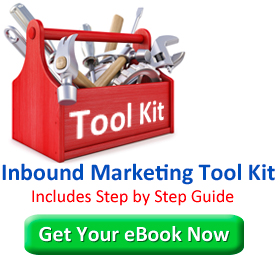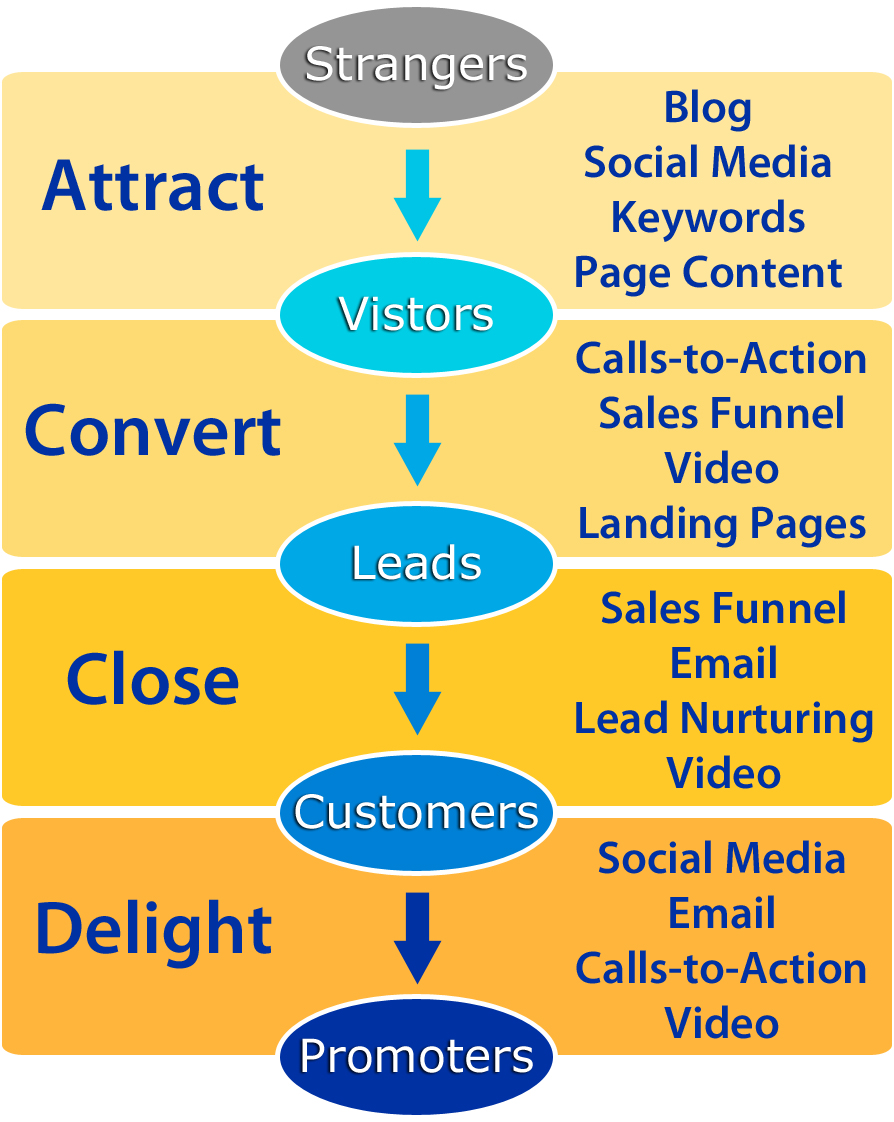 Inbound marketing is much more than the latest buzzword to hit the marketing world. It’s a philosophy, a strategy, and a discipline – and it works. Here’s a look at what inbound marketing is and how you can benefit from adopting it.
Inbound marketing is much more than the latest buzzword to hit the marketing world. It’s a philosophy, a strategy, and a discipline – and it works. Here’s a look at what inbound marketing is and how you can benefit from adopting it.
Inbound Marketing as a Philosophy
Inbound marketing endeavors to turn complete strangers into visitors who visit your website or physical location. You don’t just want them to look around and leave, do you? No, you want to convert them into paying customers. But why stop there? The inbound marketing philosophy isn’t about turning a quick profit, it’s about attraction, conversion, and advocacy. You want your marketing efforts to be so spot on, your products to be absolutely perfect, and the customer experience to be so wonderful that your customers will turn into cheerleaders for your brand. Once that magic moment happens, they attract even more visitors to your site or store where the cycle repeats itself.
Inbound Marketing as a Strategy
With inbound marketing, you must recognize the various stages that customers go through as they make their buying decisions and nurture them through these stages accordingly. Your marketing approach must match their current stage in this lifecycle.
Inbound marketing is also highly personalized, and it takes place across multiple channels. Implementing inbound marketing often involves branching out to new channels such as Facebook, Twitter, YouTube, or private forums. You need to find out where your ideal audience hangs out and start hanging out there too. This allows you to get a deeper understanding of your ideal customers’ needs and problems which is essential to later tailoring your marketing messages. It also comes into play later when it comes time to interact with prospects and customers across multiple channels. After all, today’s consumers don’t necessarily want to communicate using call centers. They expect to be able to interact on social media sites.
By recognizing the various stages customers go through, identifying your ideal customers, and creating multiple channels to reach them, you can create an inbound marketing strategy that turns strangers into visitors, into customers, into cheerleaders.
Inbound Marketing as a Discipline
As you can imagine, this doesn’t happen without discipline. It requires a different approach than you may be used to. You may be accustomed to buying ads and broadcasting your message to the masses. With inbound marketing, there’s less pushing and more pulling; less shouting and more listening; it’s less about you and more about them. Rather than buying ads and blasting your message to a wide audience, inbound marketing involves identifying your ideal audience and creating and sharing relevant content that resonates with their needs, problems, and desires.
The steps involved in inbound marketing include:
- Attracting your ideal customers – Your website needs visitors before you can possibly make a sale. Use blogs, social media, relevant keywords, and landing pages to attract the right people to your website.
- Converting them into leads so that you can nurture them into customers – As visitors look around, some may be ready to make a purchase. However, most aren’t ready at this point. After all, you’re complete strangers so why should they trust you? Use calls-to-action and forms to prompt visitors to sign up for a newsletter or download a special report. Once you capture their contact information, you can then engage and nurture them through the sales process.
- Closing the deal – Using email campaigns, online video, and other inbound marketing techniques, you will provide your leads with relevant, useful information that matches their stage in the process. This sets you up as a trusted expert and positions your solution as the ideal one.
- Wowing your customers with a fabulous experience – Finally, wow your customers with a fabulous experience from start to finish and you’ll soon have an army of advocates working on your behalf.













